Full name Club The Strongest Chairman Cesar Salinas | Ground Capacity 42,000, 14,000 Apertura 2016-17 1st Founded 1908 | |
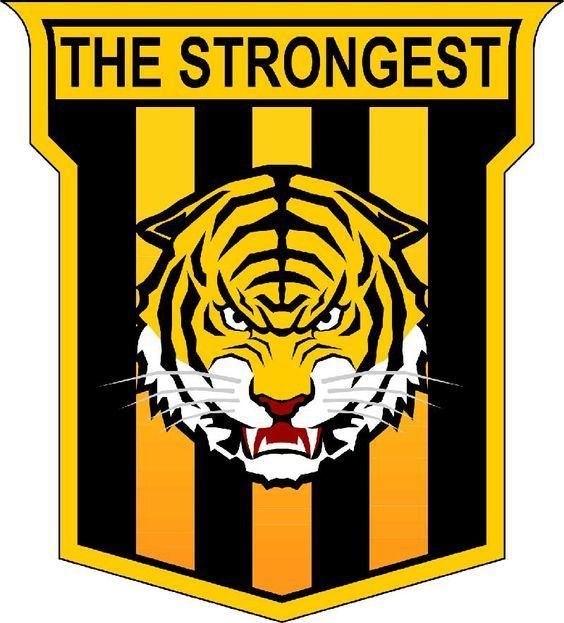 | ||
Nickname(s) Tigre, Gualdinegro, El Decano League Liga de Fútbol Profesional Boliviano Profiles | ||
Club The Strongest is a Bolivian football club based in La Paz founded on 8 April 1908. Their team colours are yellow and black. Although they have a home ground, the Rafael Mendoza Castellón (capacity: 15,000), they play most of their games at the Estadio Hernando Siles, Bolivia's national ground (capacity: 42,000). The club is the oldest active football club in Bolivia and the only team to have played continuously in the country's top division for longer than a century.
Contents
- History
- Rafael Mendoza
- The Viloco tragedy
- Kit
- National honors
- Performance in CONMEBOL competitions
- Records and other achievements
- Current squad
- Notable players
- References
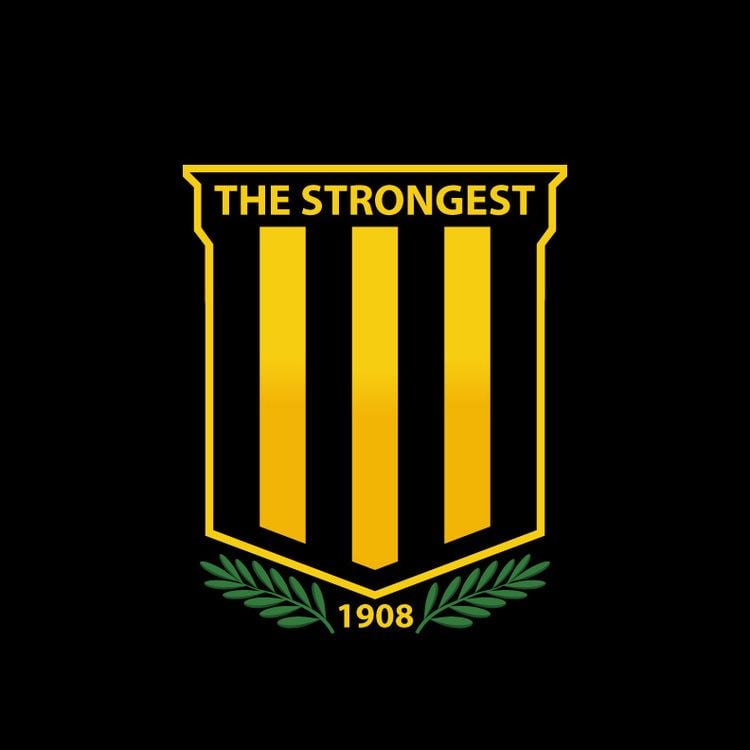
The club was well represented in the Bolivian squad at the 1994 FIFA World Cup, the last such tournament in which the national team participated, by Marcelo Torrico, Gustavo Quinteros, Óscar Sánchez and José Melgar.
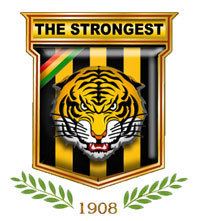
History
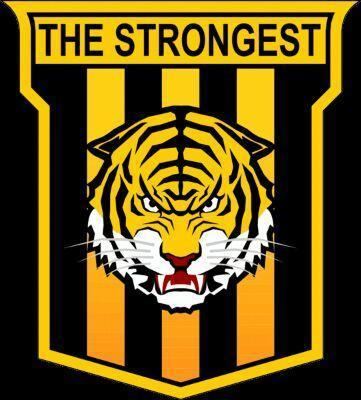
The Strongest were originally known as "The Strong Football Club", before later becoming "The Strongest Football Club". Its first President and founder was José León López Villamil. Its first championship was in 1911, well before any of the current Bolivian teams had even been created.
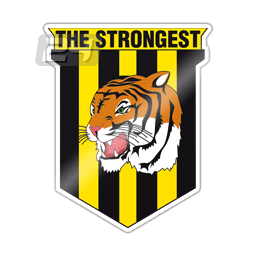
In 1930, The Strongest became the first and only Bolivian team to win a League championship with no goals scored against them. The same year, The Strongest inaugurated the Estadio Hernando Siles, with a 4–1 victory against its classical rival (at the time), Universitario.
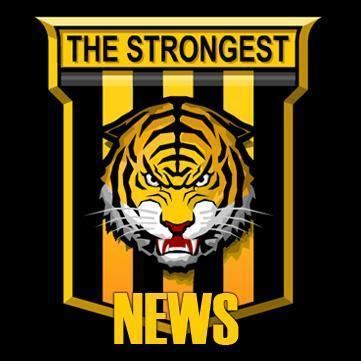
It is the only football team in the world to have a battle named after it. In the Chaco War (1932–1935) the players, staff and members of the club enlisted in the Bolivian Army to defend the country against the Paraguayan attack. A division largely composed of these "Stronguistas" played a vital part in the Bolivian Army's most important victory. As a result of that, the battle is named "Batalla de Cañada Strongest" in Bolivian history books.
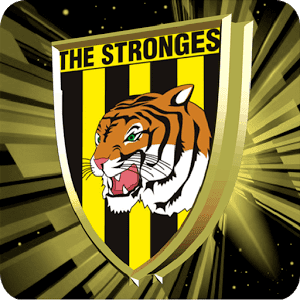
In 1965, The Strongest participated in its first Copa Libertadores, at a time when only national champions were entered into the tournament. The Strongest scored Bolivia's first victory outside of the country on a club level, defeating Deportivo Quito. The team finished 2nd in its group that year, second to Boca Juniors (Argentina).
The highest achievement in an international competition for The Strongest was achieved in the 2005 Copa Sudamericana, when the squad led by coach Villegas eliminated its classic rivals with two 2–1 victories in La Paz, in front of a packed stadium. Later, the team went on to defeat LDU Quito (Ecuador) – including a 3–0 victory in Quito. The Strongest was eliminated by Pumas UNAM (Mexico), who later went on to become runners-up to cup winners Boca Juniors (Argentina).
Rafael Mendoza
The greatest president in The Strongest's history, he was in charge of the club from 1966 to 1978. In that time, he dealt with the Viloco Tragedy and with many economic hardships, consequent of the political instability of Bolivia and the global economic depression.
One of the greatest achievements was to consolidate the Achumani Sports Complex where the Estadio Rafael Mendoza currently sits. There were many hardships to reach this goal. First, the club had to secure the lands, which were much more extensive than the small lot the club had in Achumani, near the more centrally located Achumani Market. "Don Rafo", in a meeting with other directors, said that now was the time to stop thinking small and start thinking in the future of the team.
The stadium was built and rebuilt (after the river kept eating away at the foundations for some time) from 1974 to 1986. Along with this, the complex was finished including tennis, racquetball, volleyball, and basketball courts. It also has a swimming pool and dining facilities. It is the location for most meetings and soccer events.
"Don Rafo" is best remembered for his hard work in the Achumani Sports Complex. However, he was also one of the few club presidents to put money into the club. Also, in this time, The Strongest achieved great national and international success. Some events to remember in his presidency are the visit by Pelé's Santos team in 1971, an amazing game against Boca Juniors led by Antonio Roma and Silvio Marzolini, and many national championships including the formation of the Liga de Futbol Profesional Boliviano.
The Viloco tragedy
On 24 September 1969, a local holiday, the team was invited to participate in an exhibition game in Santa Cruz organized by the Asociacion Cruceña de Fubol (Santa Cruz's football association); the team had played its last official match on 14 September, and the friendly game was part of a break from their local competition.
On 26 September, the day the team was due to return from Santa Cruz by plane, it was announced that the aircraft carrying twenty members of the team had disappeared. A day later, there was news that the plane had crashed near Viloco, a rural area between the Tres Cruces Peaks. All sixty-nine passengers and five crew members died; the cause of the crash was attributed to pilot error.
Members of the team who died in the crash were:
Kit
The Strongest adopted the yellow and black stripes upon foundation in 1908. While looking for a proper uniform, a friend sent the founders a shirt from Germany that sported a dark green with horizontal, yellow stripes. Upon this, one of the founders commented on how a local bird, the Chayñita, had similar colours. The club adopted the idea and since 1908, the main outfit has been vertically striped yellow and black with a varying number of stripes.
The supplementary uniform has commonly been white with yellow and black, though there have been several other combinations such as a full yellow top and black shorts and even full yellow outfit. More recently, an all black secondary uniform has been adopted for Cup matches.
It is sometimes claimed that the similarity to the kit of Peñarol of Montevideo, Uruguay is due to the fact that The Strongest lacked originality and imitated those colours. However, this theory is countered by the argument that Peñarol did not adopt a full striped kit until the 1905 season, and was an unknown team at the time (won 4 titles in its 24-year existence, up to that point).
National honors
Performance in CONMEBOL competitions
Records and other achievements
Current squad
For Copa Libertadores 2016 Note: Flags indicate national team as defined under FIFA eligibility rules. Players may hold more than one non-FIFA nationality.
Notable players
See also Category:The Strongest players.
